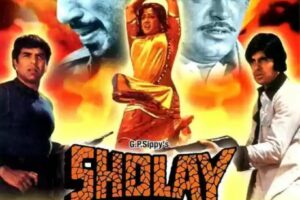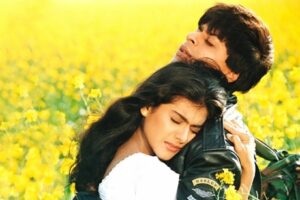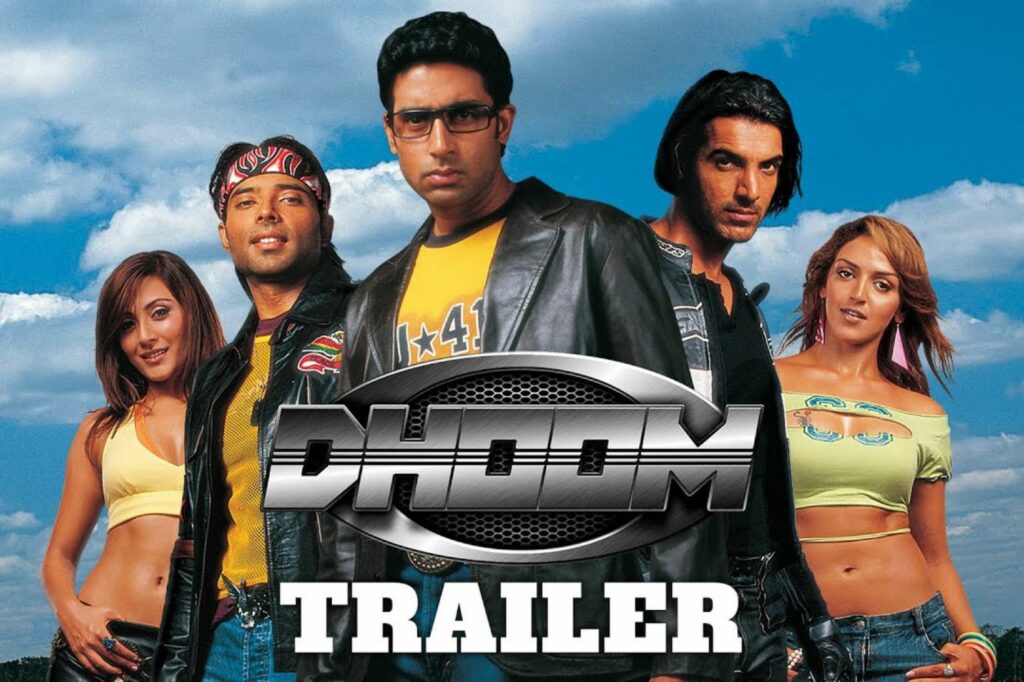Bollywood, the heart of desi cinema, pulsates with vibrant stories, melodious music, and dazzling dance sequences. As one of the largest film industries in the world, it offers a kaleidoscope of emotions and genres that captivate audiences globally. From timeless classics to contemporary blockbusters, Bollywood’s rich tapestry reflects the diverse culture and traditions of India.
Rooted deeply in Indian society, Bollywood films often explore themes of love, family, and social issues, resonating with viewers across different demographics. Its unique blend of drama, comedy, and romance, often sprinkled with colorful song-and-dance routines, creates an unforgettable cinematic experience. Bollywood’s influence extends beyond borders, inspiring filmmakers and enchanting audiences worldwide.
With its ever-evolving storytelling and growing international appeal, Bollywood continues to redefine the landscape of global cinema. As it embraces new narratives and technologies, desi cinema remains a powerful force, celebrating India’s cultural heritage while forging new paths in the world of entertainment.
Desi Cinema Bollywood
 Desi cinema, particularly Bollywood, has undergone significant transformation since its inception in the early 20th century. The journey began with silent films in the 1910s, featuring storytellers who pioneered the use of visual narratives. By the 1930s, sound revolutionized Indian cinema, as Alam Ara (1931) became the first Indian talkie, leading to an era where songs and dialogues became integral.
Desi cinema, particularly Bollywood, has undergone significant transformation since its inception in the early 20th century. The journey began with silent films in the 1910s, featuring storytellers who pioneered the use of visual narratives. By the 1930s, sound revolutionized Indian cinema, as Alam Ara (1931) became the first Indian talkie, leading to an era where songs and dialogues became integral.
In the 1950s, Bollywood experienced its Golden Age, marked by classics like “Mother India” and “Pyaasa,” showcasing strong narratives and social themes. Filmmakers like Raj Kapoor and Bimal Roy influenced storytelling with films addressing societal concerns.
The 1970s introduced the “angry young man” persona, epitomized by Amitabh Bachchan, reflecting the socio-political unrest of the time. This era focused on action-packed narratives and highlighted issues faced by the common man.
Transitioning into the 1990s, Bollywood embraced globalization. Films like “Dilwale Dulhania Le Jayenge” appealed to both domestic and international audiences with themes of love and cultural values. The industry also saw the emergence of multiplex cinemas, offering varied storytelling genres.
In recent decades, Bollywood continued to innovate with technology and diversified narratives. Filmmakers explored genres beyond traditional boundaries, integrating advanced special effects and digital enhancements to enrich the cinematic experience. New-age directors like Zoya Akhtar and Anurag Kashyap gained acclaim for contemporary storytelling, addressing modern socio-political issues and personal identities.
Desi cinema’s evolution exemplifies adaptability and forward-thinking, retaining its core appeal while embracing changes that resonate with broader audiences.
The Rise of Bollywood
Bollywood has risen from its humble beginnings to become a global cinematic powerhouse. This ascent is marked by groundbreaking films and influential figures who shaped its unique identity.
Pathbreaking Movies and Milestones
 Milestones in Bollywood history include “Alam Ara” (1931), the first Indian talkie, revolutionizing the industry with sound. The 1950s brought classics like “Mother India,” an Oscar-nominated film depicting rural struggles. “Sholay” (1975) set standards for action films, becoming a cultural phenomenon. “Dilwale Dulhania Le Jayenge” (1995) reshaped romantic narratives, resonating with India’s diaspora. In recent years, “Dangal” (2016) and “Gully Boy” (2019) focused on empowerment and social themes, widening Bollywood’s global appeal.
Milestones in Bollywood history include “Alam Ara” (1931), the first Indian talkie, revolutionizing the industry with sound. The 1950s brought classics like “Mother India,” an Oscar-nominated film depicting rural struggles. “Sholay” (1975) set standards for action films, becoming a cultural phenomenon. “Dilwale Dulhania Le Jayenge” (1995) reshaped romantic narratives, resonating with India’s diaspora. In recent years, “Dangal” (2016) and “Gully Boy” (2019) focused on empowerment and social themes, widening Bollywood’s global appeal.
Influential Directors and Actors
Directors like Raj Kapoor and Satyajit Ray enhanced Bollywood’s narrative depth. Kapoor’s films often combined romance with social realism, while Ray’s international acclaim broadened Bollywood’s recognition. In the 1990s, directors like Karan Johar and Yash Chopra embraced opulent storytelling, with a focus on family and love. Actors such as Amitabh Bachchan epitomized the “angry young man” persona of the 1970s, becoming icons. Shah Rukh Khan’s timeless romantic roles and Aamir Khan’s versatile performances further propelled Bollywood onto the world stage, both actors embodying the industry’s adaptability and evolution.
Indian Society
 Bollywood continues to captivate audiences worldwide with its unique blend of storytelling, music, and dance. Its evolution from silent films to a global cinematic powerhouse showcases its adaptability and influence. By addressing both traditional and modern themes, Bollywood maintains its cultural significance while embracing innovation. The industry’s ability to reflect and shape societal values underscores its role as a vital part of India’s cultural and political landscape. As Bollywood forges new paths, it remains a testament to the enduring power of desi cinema, celebrating India’s rich heritage and resonating with diverse audiences across the globe.
Bollywood continues to captivate audiences worldwide with its unique blend of storytelling, music, and dance. Its evolution from silent films to a global cinematic powerhouse showcases its adaptability and influence. By addressing both traditional and modern themes, Bollywood maintains its cultural significance while embracing innovation. The industry’s ability to reflect and shape societal values underscores its role as a vital part of India’s cultural and political landscape. As Bollywood forges new paths, it remains a testament to the enduring power of desi cinema, celebrating India’s rich heritage and resonating with diverse audiences across the globe.

